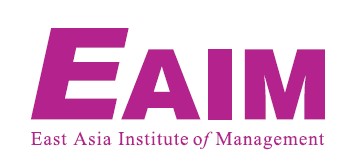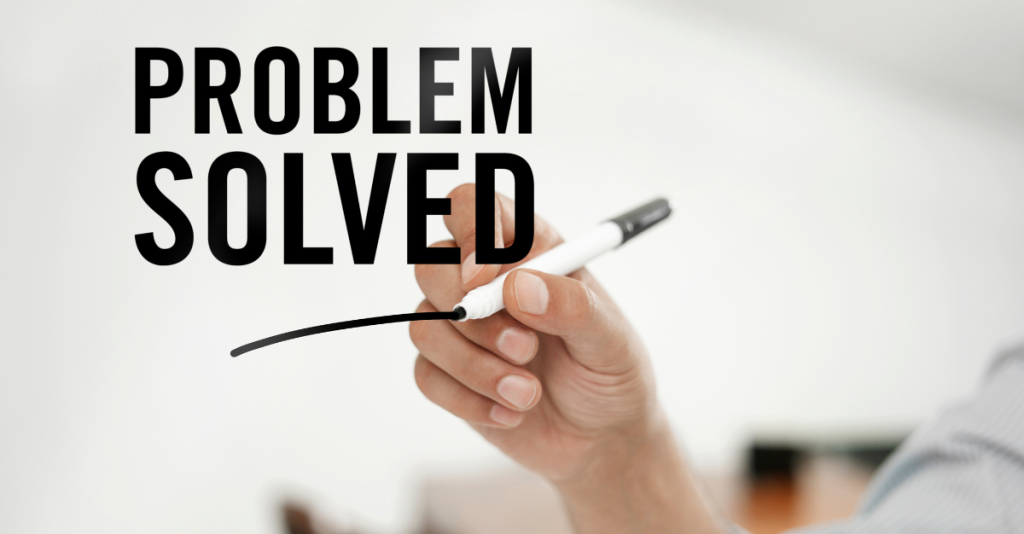Creativity has evolved from a mere asset into a crucial lifeline for innovative problem-solving. The ability to think outside the box and develop unique solutions can set individuals and organizations apart. One effective approach to harnessing creativity for problem-solving is Design Thinking.
The Power of Design Thinking
Design Thinking is a human-centered approach to innovation that integrates the needs of people, the possibilities of technology, and the requirements for business success. This method encourages creative problem-solving by understanding the user, challenging assumptions, and redefining problems to identify alternative strategies and solutions.
According to a study by the Design Management Institute, companies that embrace Design Thinking outperform their peers significantly, with a 219% higher ROI. This approach fosters creativity and ensures that solutions are viable and user-centric.
Enhancing Team Synergy
Team synergy plays a crucial role in the success of creative problem-solving. When team members unite their strengths, they can achieve outcomes that surpass individual efforts. Collaboration, open communication, and mutual respect are key to building a synergistic team.
Research consistently highlights the competitive advantage that diversity brings to organizations in terms of market expansion and innovation. A study published by Harvard Business Review titled Maximizing Productivity in Diverse Teams found that organizations increasingly depend on diverse teams for developing innovative products and improving efficiency. These teams, composed of experts from various backgrounds, are more effective in solving complex problems, leading to greater productivity and innovation. This highlights how team diversity not only enhances problem-solving capabilities but also drives market growth by leveraging a broader range of perspectives and expertise.
Case Study: EAIM Executive Education
EAIM Executive Education emphasizes the importance of team synergy in their programs. They believe that uniting forces within a team leads to more effective and innovative problem-solving outcomes. Their approach includes various team-building exercises and collaborative projects that mirror real-world challenges.
Participants in EAIM’s programs report improved problem-solving skills and a better understanding of how to leverage team strengths. This practical experience prepares them to tackle complex issues creatively and collaboratively in their professional roles.
Implementing Creativity in Problem Solving
To implement creativity effectively in problem-solving, consider the following steps:
- Empathize with Users: Understand the needs and challenges of the end users. Conduct interviews, surveys, and observations to gain insights.
- Define the Problem: Clearly articulate the problem based on the insights gathered. This helps in focusing efforts on the right issues.
- Ideate Solutions: Brainstorm a wide range of ideas without judgment. Encourage wild ideas as they can lead to innovative solutions.
- Prototype: Develop tangible representations of selected ideas. Prototypes help in visualizing and testing concepts.
- Test and Iterate: Test prototypes with users, gather feedback, and refine the solutions. Iterative testing ensures that the final solution is effective and user-friendly.
Conclusion
Creativity is essential for innovative problem-solving, and methods like Design Thinking can significantly enhance this process. By fostering team synergy and leveraging diverse perspectives, organizations can develop solutions that are not only creative but also practical and impactful. Programs offered by EAIM Executive Education exemplify the benefits of uniting forces for success, preparing individuals to excel in their professional endeavors through collaborative and creative problem-solving approaches.

